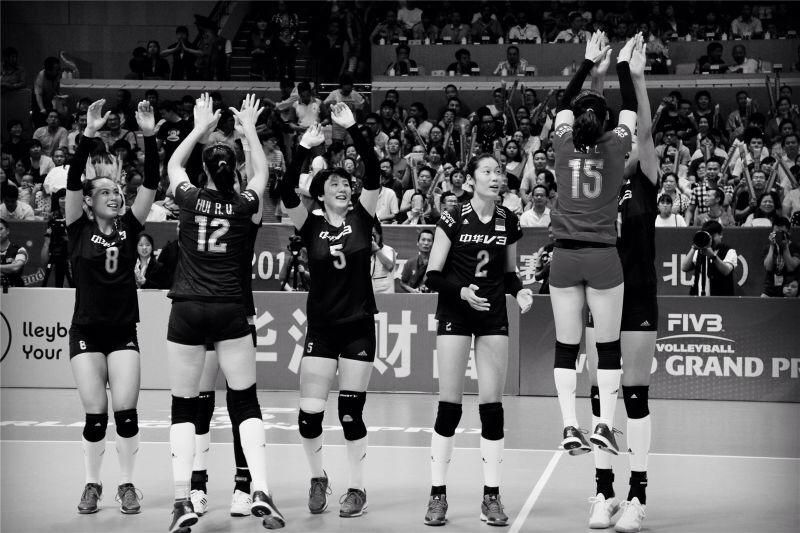Manual therapy at the ankle
- Greg Dea

- Jan 11
- 2 min read
Ankle dorsiflexion normative range of motion in an adult is tough to give a value because of the variations in testing method but we do know that an asymmetry between sides of 5 degrees or more is a risk for future lower limb injury, as is pain with the test. So, irrespective of the gross value, symmetry is a value clinical measure.
In this video, I show a technique of manual therapy applied in the mid-foot to improve closed chain measured Standing Ankle Dorsiflexion Screen from 37 to 41 degrees in a brief period of a couple of minutes. The athlete was 3 months post ankle reconstruction and had plateaued at 30 to 33 degrees before attending for assistance, referred from a colleague. The previous session had seen his ankle dorsiflexion improve from 33 to 37 degrees by direct and indirect mobilisation to the talo-navicular joint and naviculo-cuneiform joints, both found to have unidirectional limitations in pronation or supination with passive joint play assessments. Further, passive joint play at the talocrural joint, or tibio-talar joint, revealed movement existed in the anterior-posterior directions, both, with a fixed tibia and when assessed with a fixed talus, indicating that dorsiflexion was potentially limited by the tarsal joints rather than the ankle joint itself. Treatment at these joints, rather than the ankle joint itself, with a subsequent improvement in range in 2 sessions, indicates the regional interdependence of the tarsal joints in ankle dorsiflexion. In this video, manual therapy was not directed at the talo-navicular joint or navicular-cuneiform joints, but at the cuboid in relation to the lateral cuneiform and 4th and 5th metatarsals. The technique can be described a short lever direct mobilisation at Maitland grade 4+. It could also be described as high velocity low amplitude (HVLA) but it is also an oscillation technique rather than a single thrust. One benefit proposed by the oscillation is that it inhibits prime movers from guarding or limiting the joint movement, and oscillations by themselves, at any grade, can be relaxing if the handling is not hypersensitising to the patient. A way to describe this is "the battle-rope-waterski technique" - imagine leaning back while water-skiing, taking up tension in the two rope, and oscillating like battle rope exercise - this allows the clinician to imagine the direction of pull on the foot/lower-limb (i.e. longitudinally) and the type of force (oscillation waves). It's conceivable that the oscillation technique has regional effects on the kinetic chain of other joints and tissues above the tarsus. Anecdotally this has been seen with improvements in passive movement assessment at the knee and hip joints, and sacro-iliac joint, depending on relative positioning of the hip rotation and abduction.
.png)

Comments